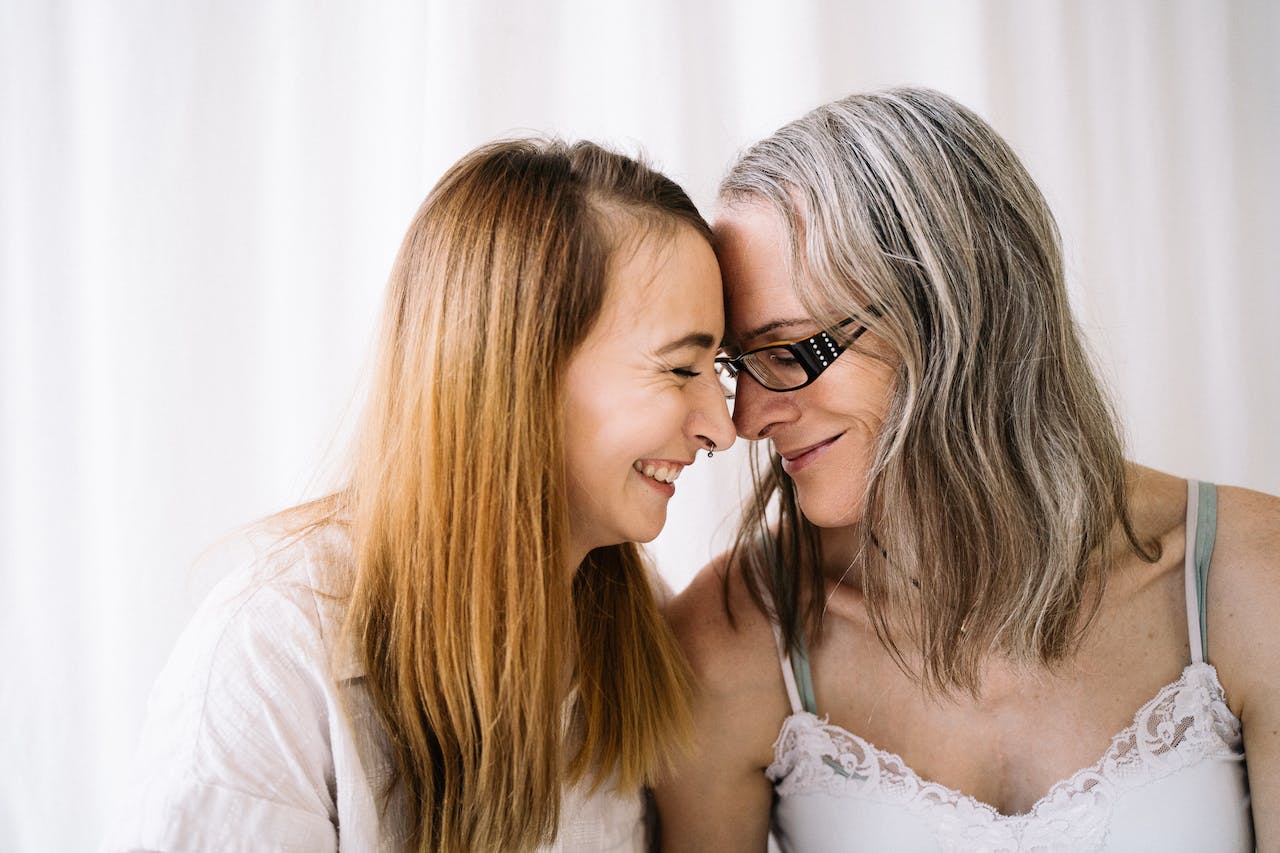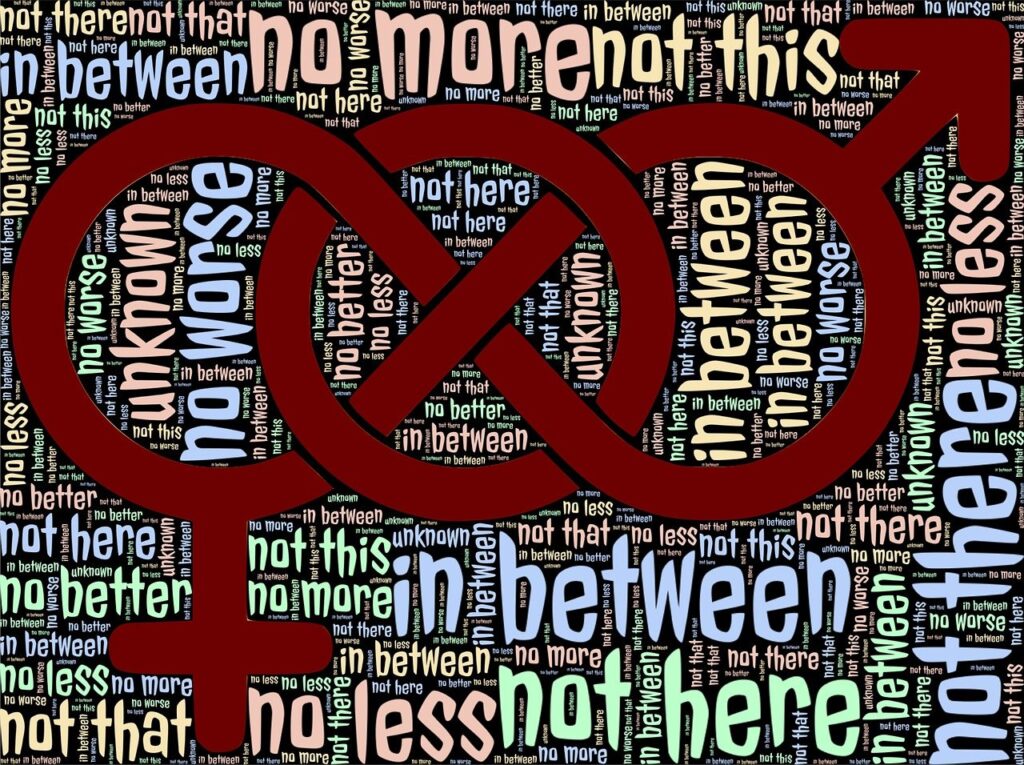A tale of two genders

Most people are brought up to believe there are two genders, male and female, that are separate and distinct. This is the basis of our understanding of sexual diversity – people are seen either to be attracted to people of the ‘same sex’ or the ‘opposite sex’. Life would be much simpler were this actually so.
The gender binary myth
Approximately 1.7% of babies are born with both male and female anatomical traits and are, often arbitrarily, surgically assigned a gender, at least in part to allow them to comply with the social model of binary gender. Attempts to classify men and women by their genitals therefore fails in nearly 1 in 50 cases. A case occurring in 1 in 100,000 people would be considered very common in medicine. Almost 1 in 50 people being born intersex suggests the genders are not all that distinct, and no definitive test has ever been devised that can reasonably separate all men from all women. We are thinking beings, however, and so perhaps we should look to the way we think – to the brain – to determine whether we can be reliably classed as male or female. Again, the evidence is we cannot: we are all a lot more similar than we are different. So, while we definitely have two sexes for the purposes of sexual reproduction, the way we feel, identify, and are anatomically composed is rarely split neatly down gender lines, and our ideas about gender are no more than a social construct.
The prevalence of intersex people
In addition to intersex people, there are as many as 500,000 trans people living in the UK at the moment. This is not a small number in a population of ca. 70 million. Some but not all of these people were born intersex and arbitrarily assigned to a gender before they were born and grew up to realise they had been assigned to the wrong gender. Others simply grew up to feel that they did not feel they belonged to the socially constructed gender their anatomy assigns to them, whether or not they feel inclined to surgically transition to the other gender.

Gender as a social construct
In a world where gender identity does not necessarily align with anatomical gender, where many people do not identify strongly or exclusively with any gender, and where gender identity may be fluid and change over time, understanding sexual orientations has become more complex. The conclusion many have drawn is that while there may be two sexes to facilitate sexual reproduction, gender is nothing more than a social construct. This makes sense of why so many trans people want to identify as the ‘opposite gender’ without expressing any interest in undergoing a surgical transition to alter their sexual anatomy. They simply want to live as the ‘other’ gender lives. We should ask why such a modest need creates so much fear and loathing in our society. We should ask why so many people feel personally threatened by another person’s social liberation.
Fear of liberation
Freedom of self-expression terrifies other people. Of those responding to a Stonewall survey, 41% of trans people said they had experienced a hate crime or incident because of their gender identity in the last 12 months and 25% had experienced homelessness at some point in their lives, while 67% of trans respondents to another survey reported concealing their gender identity for fear of a negative reaction from others. Anti-trans violence reached record levels in late 2023, following years of transphobia in the British media stoked by caustic anti-trans policies rolled out by a British Government desperate to deflect attention.
Change and normalisation
A woman wearing a suit would have been accused of cross-dressing, of being a transvestite, until fashion legend Yves-Saint Laurent introduced the female suit. Now, we accept women in suits as normal dress. What was once new and threatening to the status of men and women has been accepted, so change is possible.
So, what now?
How should we respond? I would suggest with understanding and compassion. We all want to be ourselves. We all want to express what we feel deep inside without fear of being excluded, attacked, dismissed from our employment and made homeless. We all want to exist and live freely in the world. If we want to be free to be ourselves, we must speak out for others who are not free. We are all bound up in this together. Whether we know it or not, our freedom is limited by the freedom of those among us who are least free to be themselves. Perhaps the solution lies in creating brave spaces where we engage in conversations with those that matter and explore how we all feel about one another – for in sharing, emotional pressure is released and in meeting those different from ourselves, false conceptions can be dispelled.





Leave a Comment (note: all comments are moderated)